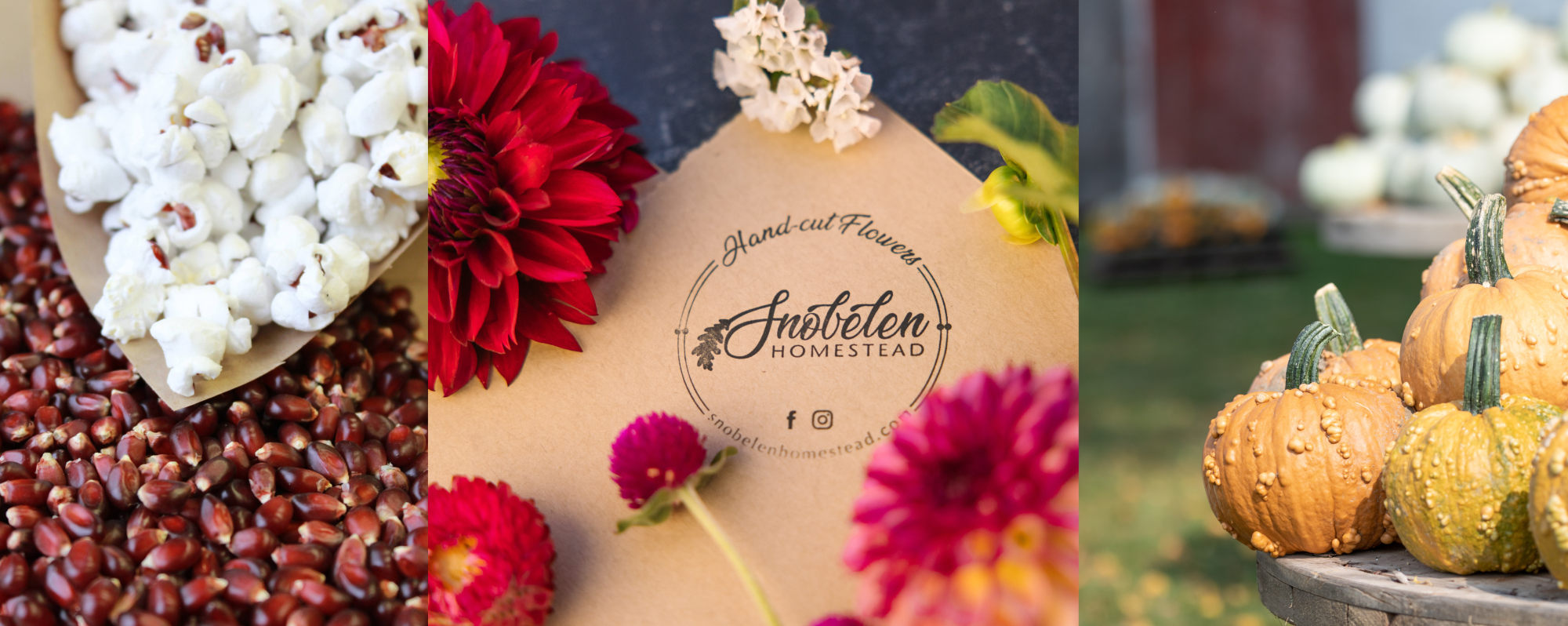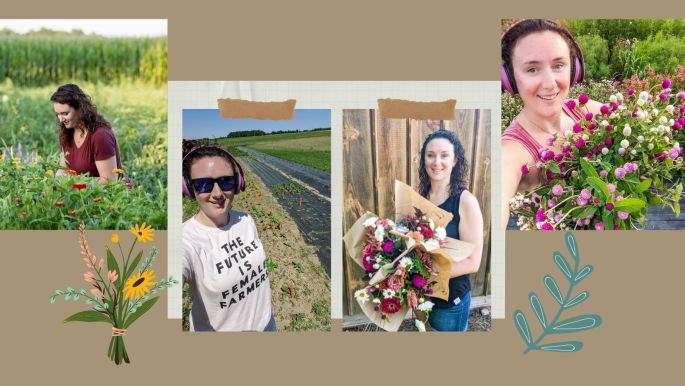I am trying to optimize my seed starting space by soil blocking. I had some success with soil blocking last year, and I found the seeds and plants that had to survive in blocks for the shortest amount of time did the best. I don’t know if I am a chronic over-waterer, or if I wait just a bit too long to water, but the blocks on the outside edges of the set seem to fail first.
This year I have added a humidifier to the room to help with dry air having its way with my blocks too quickly. I may also work with my humidity domes longer than just the germination period. The risk I run here is developing algae on the soil mix surface. Everything is a balancing act.
I started the first round of my eucalyptus this year blocking just straight promix. I don’t think promix or standard potting mix has enough water holding capacity for my very dry environment, so I am adapting a recipe from Blossom and Branch farm which includes coco coir to help with water holding capacity. Since water retention seems to be one of my limiting factors, you might ask why I don’t go up in soil block size to a 1.5″ or 2″ block, but that doesn’t allow enough plants on my shelves! So I am determined to find the right fit for me with the 3/4″ blocks.
Making the starting mix for blocks is a bit tedious as a beginner. My potting mix is still in a compressed bale from last spring, so breaking it open and re-hydrating was a dusty endeavour. I split my mixes into two boxes with lids. One is my re-hydrated potting mix, and the second is the actual soil blocking mix. Leaving them in boxes with lids keeps the moisture in and I can come back to it, and get mixing much faster than having to start the process over again every time. Smarter, not harder 😉
Your soil block mix should hold together in your hand after squeezing, and water may even run out a bit. Perfect. The more you mix and press that mix in the soil blocker, the more you’ll get the hang of the desired consistency. Another one of those, “learn to do by doing” things! Hands must get dirty, knuckles probably get scratched, and blocks destroyed and remade all over again. All in the name of learning something new!
The last piece of the puzzle I will be focusing more on this year is the separation between blocks, even in the 20 block sets. Those little channels between the blocks are where water travels to reach each block evenly. During the germination period when I mist the top of the blocks, some of the vermiculite falls down in between the blocks. So I plan on tidying up the blocks with a toothpick, or skewer maybe, to make sure water can reach all the plants and blocks evenly. Follow along on Instagram stories and I will continue to update over there on this year’s blocks!























